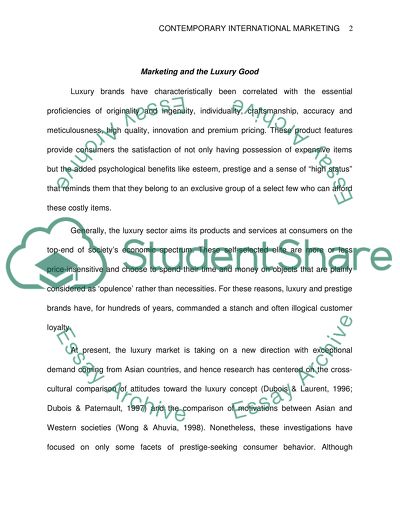Cite this document
(Marketing Concepts and Tutbury Crystal Case Study, n.d.)
Marketing Concepts and Tutbury Crystal Case Study. Retrieved from https://studentshare.org/marketing/1518363-contemporary-international-marketing
Marketing Concepts and Tutbury Crystal Case Study. Retrieved from https://studentshare.org/marketing/1518363-contemporary-international-marketing
(Marketing Concepts and Tutbury Crystal Case Study)
Marketing Concepts and Tutbury Crystal Case Study. https://studentshare.org/marketing/1518363-contemporary-international-marketing.
Marketing Concepts and Tutbury Crystal Case Study. https://studentshare.org/marketing/1518363-contemporary-international-marketing.
“Marketing Concepts and Tutbury Crystal Case Study”, n.d. https://studentshare.org/marketing/1518363-contemporary-international-marketing.


